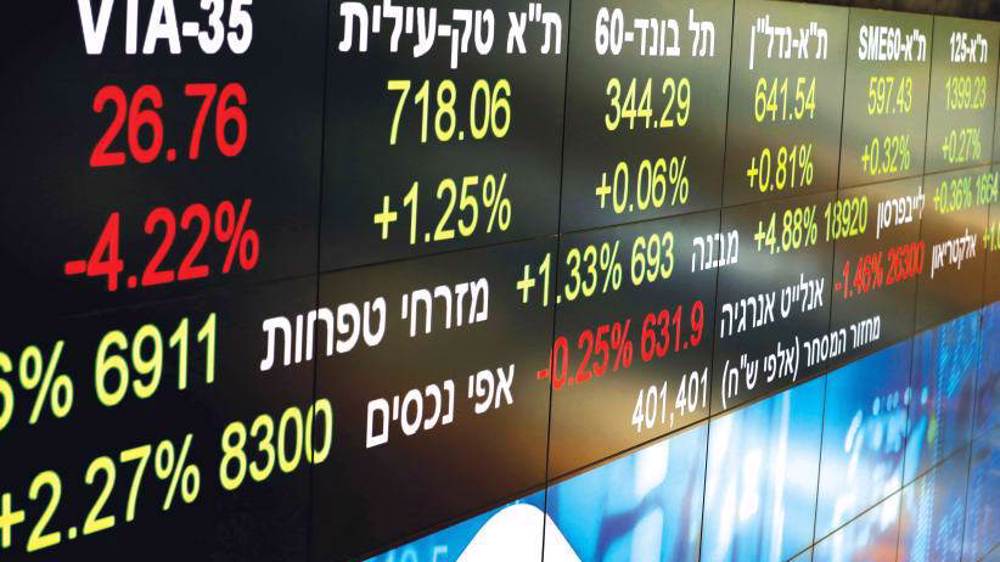Belarus economic realities
On Sunday, 9th August 2020, Belarusians went to the polls to elect their President. The main two candidates were the incumbent Alexander Lukashenko, who has been in power since 1994, and Svetlana Tsikhanouskaya, a former English teacher who stood in at the last minute to replace her arrested husband, Sergei Tikhanovsky.
The results of the election saw the incumbent President, Lukashenko take 4.6 million votes, equating to 80% of the popular vote, compared to just under 600,000 votes for Tsikhanouskaya, equating to around 10% of the vote. The remaining votes went to other independent candidates, giving Lukashenko a landslide victory.
However, the results did not appear to appease the minority of people who supported the challenger, and has since seen multiple protests take place across Belarus, with marches being held on a regular basis demanding that Lukashenko step down due to a rigged election. This has resulted in some people who are opposed to Lukashenko walking out of some of the nations largest companies, from Potash production workers, to fertilizer factories oil refineries and teachers, however, in spite of this, production is still around 70% capacity as those in support of Lukashenko hold the various industries together.
Amid US campus movement, purge of pro-Palestine professors intensifies
VIDEO | 1st successful DCD transplantation from PTE multi-organ donor
Pro-Palestine wave sweeps Caribbean as many recognize Palestinian statehood
BBC’s new fabrication on Nika Shakarami’s death part of propaganda war against Iran
Iraqi media not allowed to use ‘Israel’ for Zionist regime: Official
Israeli airstrike on southern Lebanon village kills three civilians
VIDEO | Colombia: Novel and complex path
Rachel Corrie's dad 'proud' of her alma mater’s divestment from Israel









 This makes it easy to access the Press TV website
This makes it easy to access the Press TV website